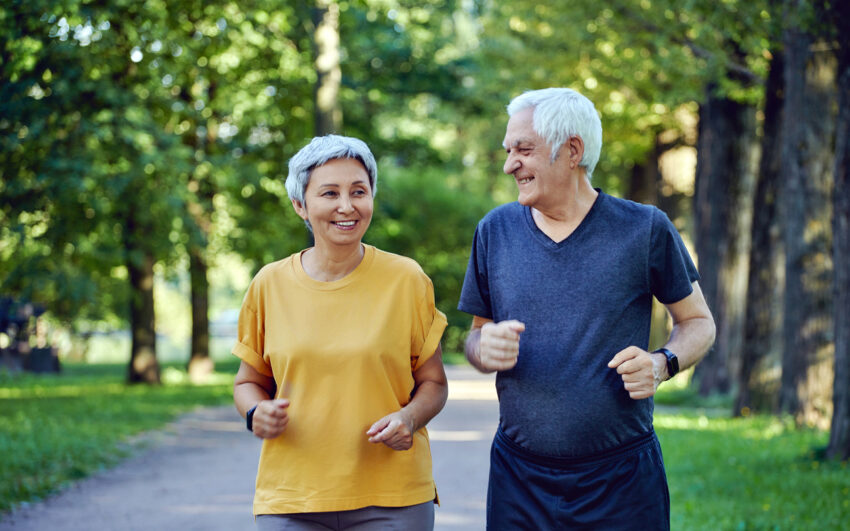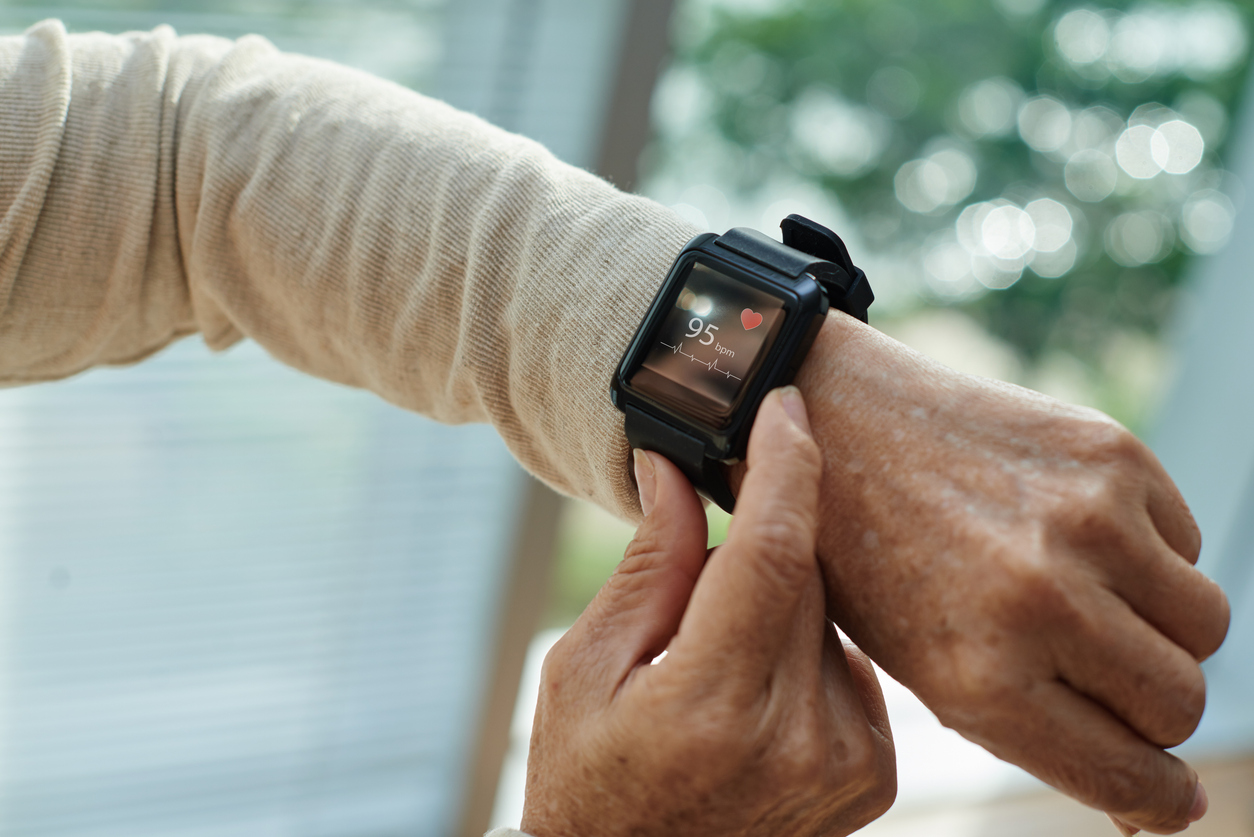
Share On Social!
Physical activity is an important key to overall health.
For example, studies have shown that dance can improve memory retention and even 10 minutes of physical activity can help destroy cancer cells.
But what happens after you are physically active?
Studies also found that increased physical activity was often followed by extended rest, which may reduce long-term benefits.
Now, a recent research study has found that replacing rest between exercise sessions with additional ecologically relevant physical activities may help improve cognitive decline among Spanish-speaking Latino adults.
Let’s dig deeper into this study and how it impacts older people.
What is Ecological Momentary Intervention?
Dr. Ulf G. Bronas at the Columbia School of Nursing and his research team developed an Ecological momentary intervention (EMI) intervention to reduce sedentary behavior.
EMI are “treatments that are provided to people during their everyday lives (i.e., in real time) and in natural settings.”

For this specific study of EMI, Spanish-speaking participants were randomly assigned to either a 6-week EMI program designed to replace sitting time with physical activity or physical activity guidelines education.
The EMI intervention used a Fitbit activity monitor, weekly didactic phone meetings, interactive tools (SMS text messages), and coach-delivered feedback.
According to the study, 79% of participants reacted well to the EMI intervention and showed significant improvement in executive function. This highlights the potential of an EMI approach to mitigate cognitive decline in this population.
“Weekly step count increased in the intervention group by 5,543 steps and sedentary time decreased by a mean 348 minutes compared to controls, with moderately strong effect sizes,” according to the study results.
State of Dementia
As of 2024, nearly 7 million Americans are living with Alzheimer’s.
While all people are potentially impacted by dementia, Alzheimer’s is projected to increase in older Latinos by 175% between 2018 and 2040, compared with a 32% increase in the White population, according to Salud America! resource.
“[Non-medical drivers of health] such as education, income and occupation deeply affect the incidence of Alzheimer’s disease and related dementia, and usually sustain and worsen health [issues],” said Dr. Maria Mora Pinzon, assistant professor in the division of geriatrics and gerontology at the University of Wisconsin–Madison.
The Importance of Physical Activity
Improving movement and physical activity can be beneficial for everyone.
In fact, studies have shown that weekly exercise can greatly reduce your risk for at least eight types of cancer, among diseases and health issues.
“Engaging in at least 150 minutes of physical activity a week can lower your risk for heart disease and stroke and improve your blood pressure and cholesterol levels, which could lead to heart-related diseases,” according to a Salud America! resource.
Searching for other ways to get active?
Check out the CDC’s campaign to help get people moving!
The CDC launched the Moving Matters campaign to encourage people to be more physically active and have collaborated with Salud America! to spread the word.
Improve Health in Your Community
Maintaining the health of yourself and loved ones is important.
But what about the health of your community?
Find out by downloading a Salud America! Health Report Card for your town!
Enter your county name and get auto-generated local data with interactive maps and comparative gauges on several health indicators. This can help you visualize and explore local issues in education, housing, transportation, food, health, and more.
See how your county stacks up compared to the rest of your state and nation.
Then email the Report Card to local leaders to raise awareness, include the data in a presentation or grant proposal, or share it on social media to drive healthy change in your community!
By The Numbers
1
out of 10
Pedestrians survive when hit by a car at 40 MPH



